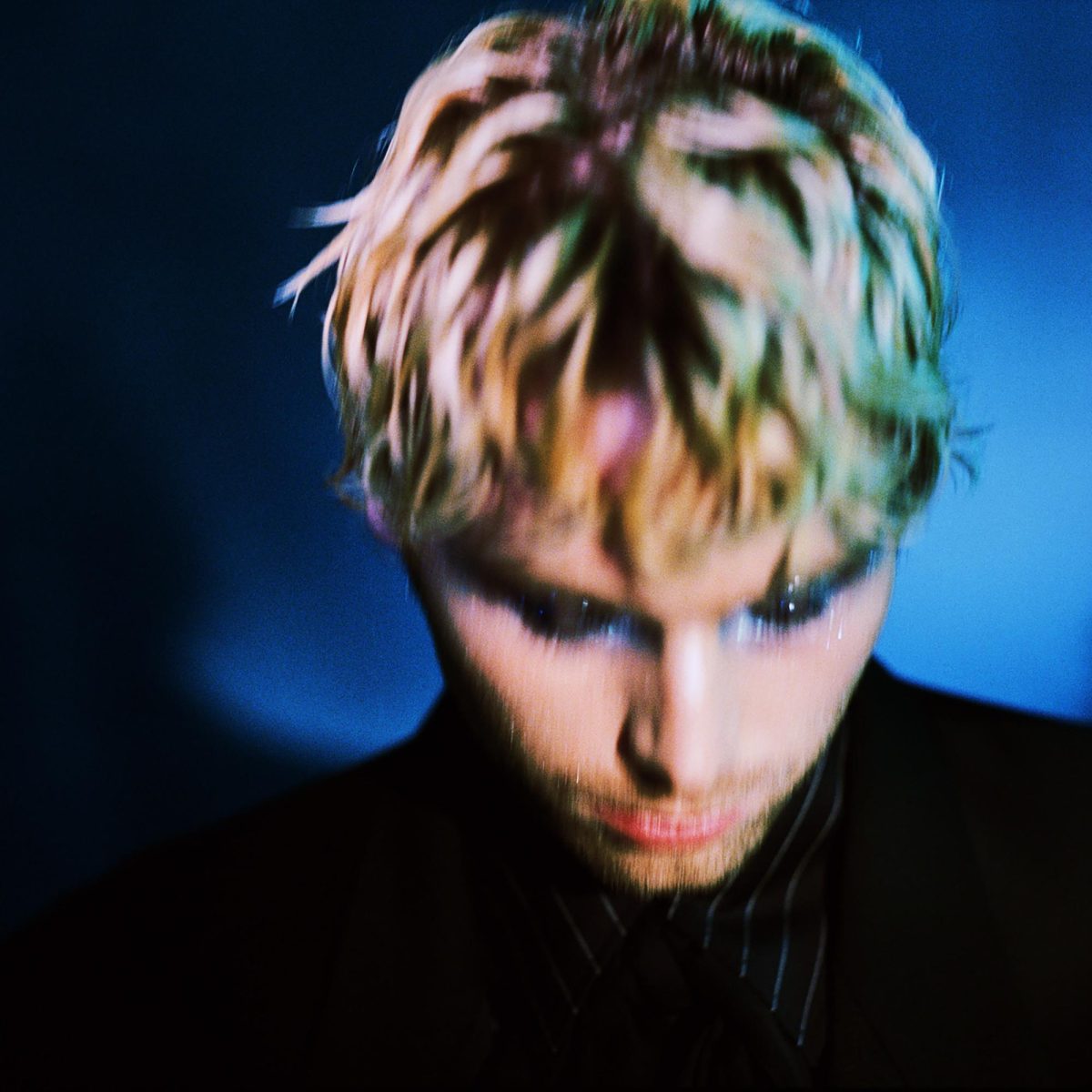“Once you go black swan, you never go back…swan,” says Jim Carrey in his Saturday Night Live skit parodying Darren Aronofsky’s film, “Black Swan.” Though it is a movie that has been met with both the most positive and negative reviews, one thing that cannot be refuted is its complete compliance with the zeitgeist of the times. As psychological thriller complete with possessed objects, an overbearing mother figure, and a main character’s complete decent into madness, “Black Swan” leaves Aronofsky poised to take the crown from Alfred Hitchcock, the current king of the genre.
In the lead role, Natalie Portman beautifully embodies Nina Sayers, a ballet dancer who devotes her entire existence to one crucial role: the Swan Queen. Portman not only has to portray Nina’s innocent and childlike side, but also her dark, insane alter-ego who soon begins to take over her life. Much like Nina needing to embody both of her swan roles, Portman had to believably change from white to black, pure to mad. Oscar-deserving and breathtaking, Portman makes the audience fall in love with a character that it would otherwise be imprudent to trust. Matching Portman’s star quality, Mila Kunis also shines as Lily, another dancer who Nina sees as her biggest rival. Kunis makes you believe that Lily is a dark seductress worthy of Nina’s paranoia. The two of them together make for a beautifully dark dynamic, keeping with the mood of the movie.
The mood of the movie is also brought out by Aronofsky’s directing style. Moments where Nina is distraught, like when she realizes she is sprouting feathers from her fingers, often take place in a bathroom. The artificial lighting in a room where people feel most vulnerable brings the audience right into the raw emotion of the scene. With the perfect music playing in the background, and the perfect subtlety of the special effects, viewers are truly experiencing Nina’s emotions along with her. Aronofsky makes you an active participant in the story, rather than a passive viewer with images merely floating over you. The feeling of physical exhaustion can be actually felt as the camera movements are organized as if they are in a ballet of their own. When the mood is intense and Nina is feeling stressed, the movements become fast, a sort-of allegro that only Aronofsky can produce, as if he is conducting an orchestra at Lincoln Center, the very setting of his film.
“Black Swan” is everything one should expect in an Aronofsky film. He knows about leading his actors to award winning performances, as seen with Mickey Rourke in 2008’s “The Wrestler.” Even more, however, it shows his penchant for fringe characters: people struggling with addictions, “Requiem for a Dream,” fated professional wrestlers “The Wrester,” and a paranoid mathematician “Pi.” For someone unfamiliar with Aronofsky’s earlier works, another story that is parallel to “Black Swan” is Alfred Hitchcock’s 1960 classic, “Psycho.”
Nina Sayers and Norman Bates begin their struggles in the shadow of an overbearing mother figure. Nina’s mother seems to be living vicariously through her daughter, trying to re-experience her glory days as a dancer by babying Nina and controlling all aspects of her life. Norman’s mother, before her death and quasi-reincarnation through Norman himself, used her son to fill the void that was left by the absence of her first husband. Both characters also struggle with inner arguments as they try to create equilibrium. When Nina battles Lily, she is really battling her own reflection in the mirror that she ultimately uses to end her own life, much as Norman arguing with his mother is merely a battle with his subconscious.
At the end of the movie, Aronofsky leaves the viewer with many loose ends to tie up. This leaves an unsatisfying feeling for the passive movie viewer but for those who want to be engaged and tantalized by a complex story about an obsession with perfection “Black Swan” is the perfect movie to see.












